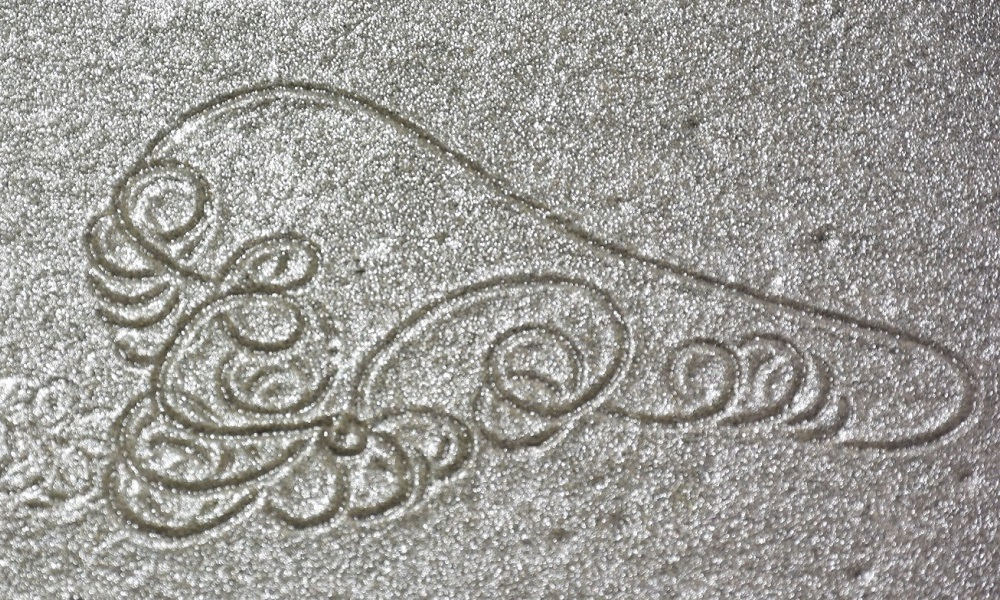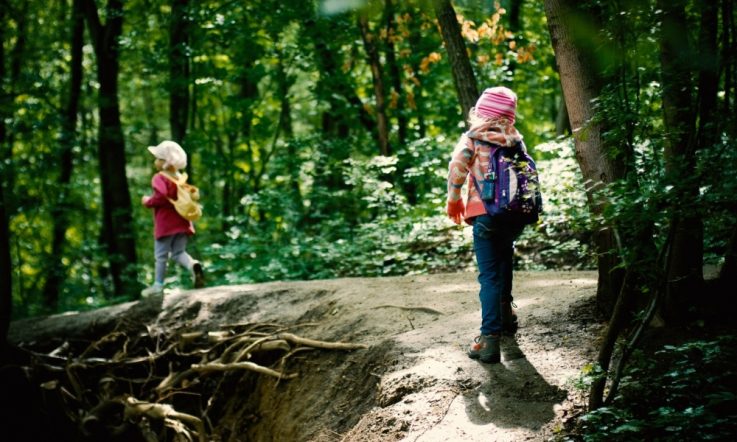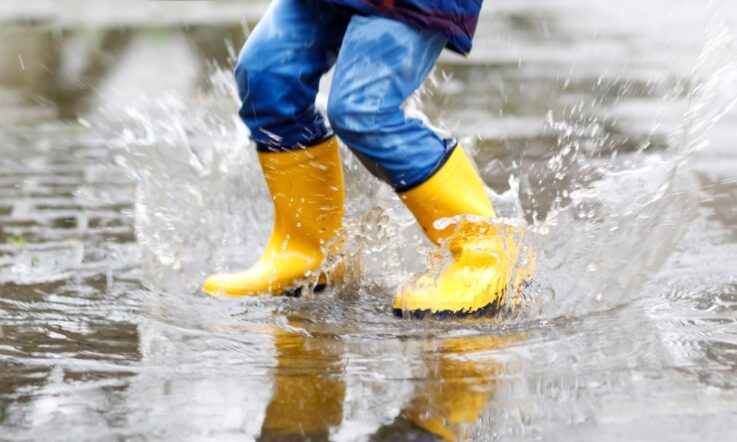New research from academics at the University of the Sunshine Coast shows that maths and science educators can use visual cues in nature like animal trails and patterns to explore both simple and complex mathematical concepts with students.
In their study, published in the International Journal of Mathematical Education in Science and Technology, Dr Greg Watson and Dr Jolanta Watson explore animal trails formed by a bivalve, polychaete, nematode and moth larvae to illustrate a variety of mathematical functions. In today’s photo story for Teacher, they share some examples of animal trails from their research and explain how teachers can use them in their own classrooms.
Have you ever considered using animal trails to teach science or maths subjects? Some organisms leave a history of the path they take in the form of a trail in or on the material that they are traversing.
These sorts of trails can be permanent records of the travel, such as those found as fossil tracks (Moussa, 1970), or more transient, such as treks left behind by organisms moving on our beaches.
While some can be beautiful and create spectacular patterns (such as those left by crabs, gastropods and molluscs) some of the treks can also be instructive in teaching students at both the primary and secondary levels.
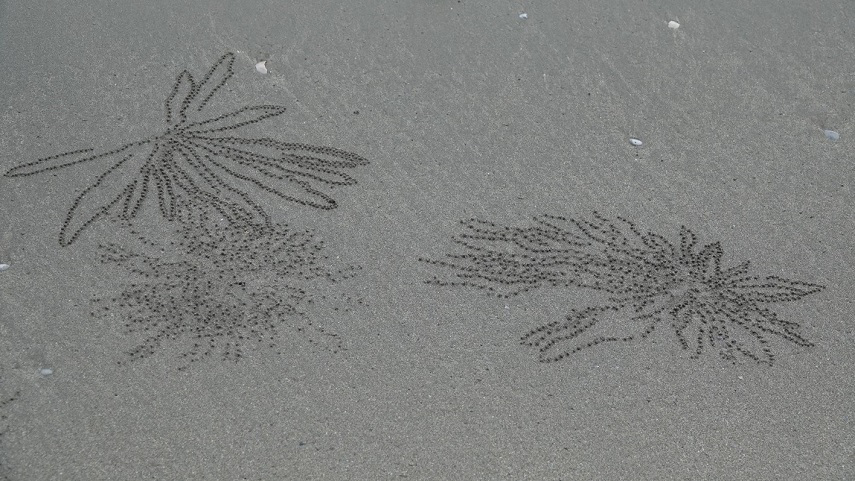
Photo of bubbler crab pattern on the beach. Image supplied.
Examples of how you could use trails in your lessons
One of the simplest things a student can undertake is identifying patterns and shapes in the animal trails. For example, they can identify circles or number of circles in a trail. Taking this a step further, students could place a string along the paths to measure distances that the animal has travelled.
Animals travel for a number of reasons, such as finding shelter, predator avoidance and foraging and feeding. To place the measurements in context, teachers could pose the hypothesis to students that a path may be a feeding trail (as they often are) and their mission is to find the total length of the feeding path.
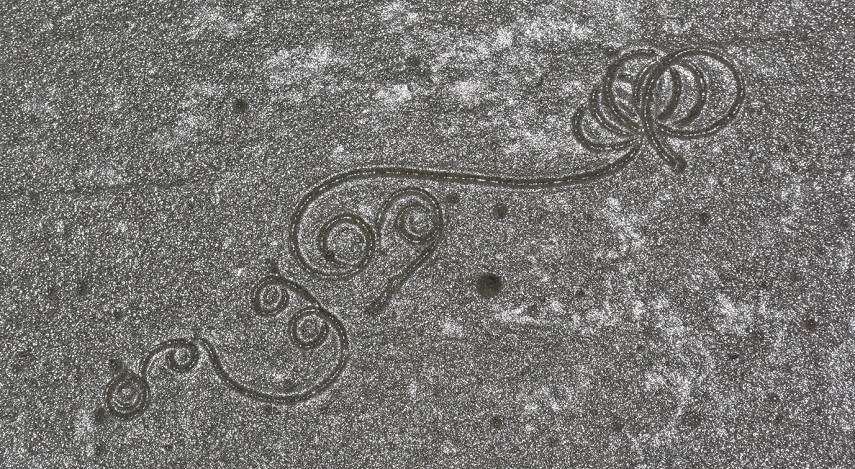
Trail of a small bivalve. Image supplied.
Circular paths also allow students to explore the features of a circle. For example, they could measure the diameter or radius with a ruler and then calculate the path length (circumference). They could also compare their result with a measured string value. Other patterns from such organisms can also be used to illustrate more complex functions (Watson, 2025).
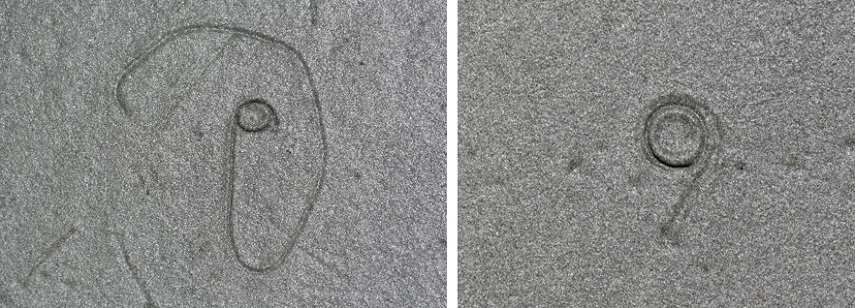
Trail of a small bivalve. Image supplied.
There are numerous other interesting patterns which can be found on Australian beaches. A number of beach-dwelling organisms, like a small nematode, leave a wavelike track (sinusoidal) as they traverse along, at or near the surface of the sand.
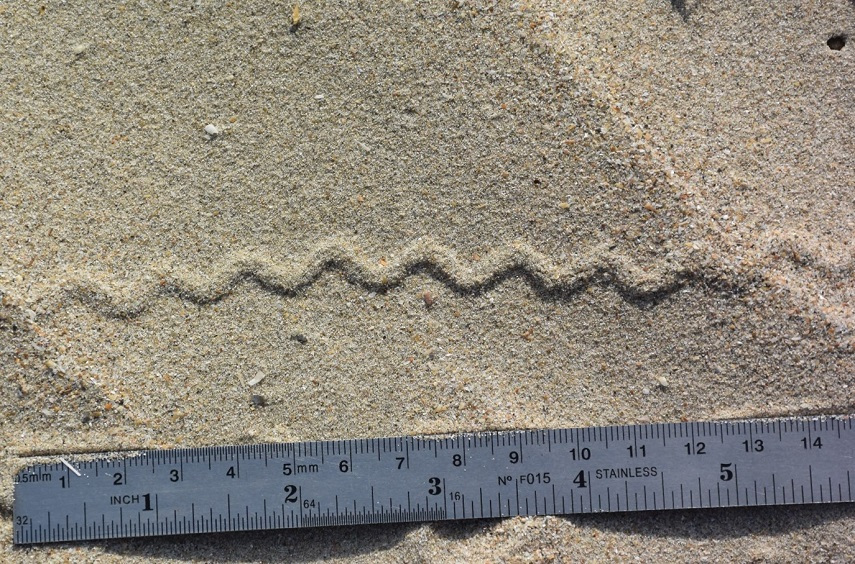
Nematode trail from movement near the surface of the sand. Image supplied.
This gives educators an opportunity to illustrate wave patterns in nature. This is a bit different to the typical examples commonly used in schools, such as waves on the sea or light waves. The general simple form of the wave can be expressed as a function of position by:
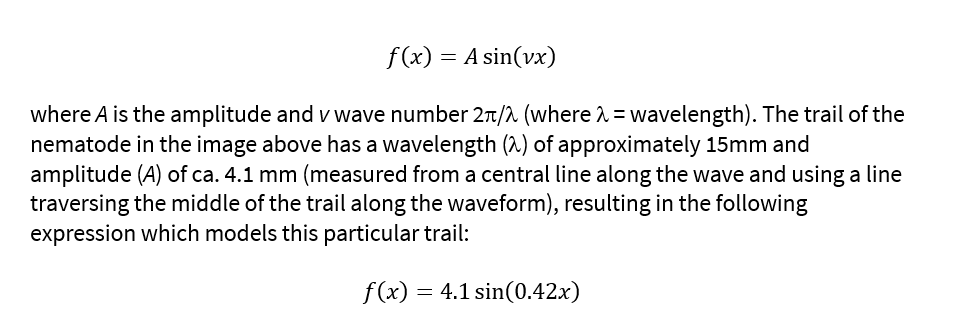
Other wavelike paths are taken by other organisms, such as the larvae of the scribbly gum moth. The patterns formed by the larvae are a common and iconic feature on many gum trees in parts of Australia. Their feeding trail often resembles a wave pattern, and students can easily measure features of the path with a ruler or from photos with a relevant size reference, such as ruler, finger or card. This also demonstrates the importance of scale bars for such calculations.
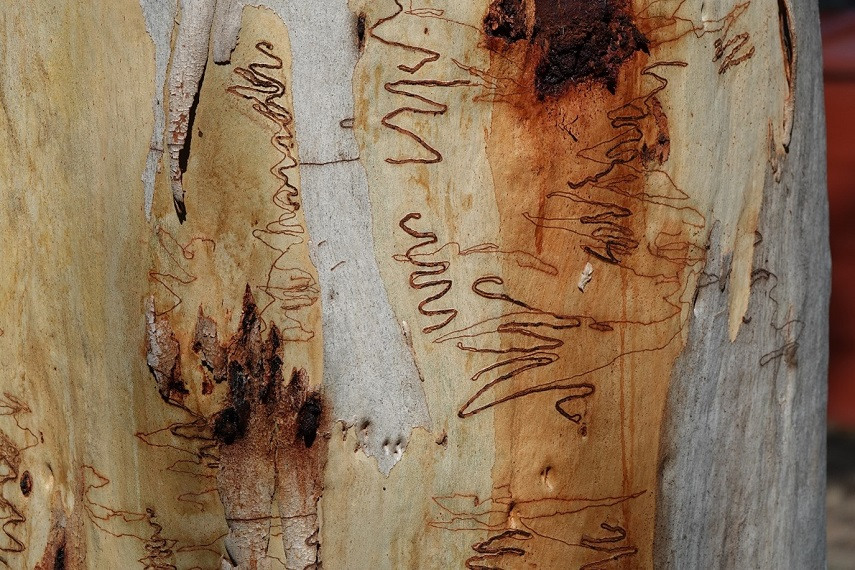
Patterns from larvae of the scribbly gum moth. Image supplied.
Due to the wide variety of trail shapes found on our beaches, excursions to such areas may also be useful for teaching in other disciplines such as English and Art. For example, identifying letters and associating patterns to shapes already recognised by humans.
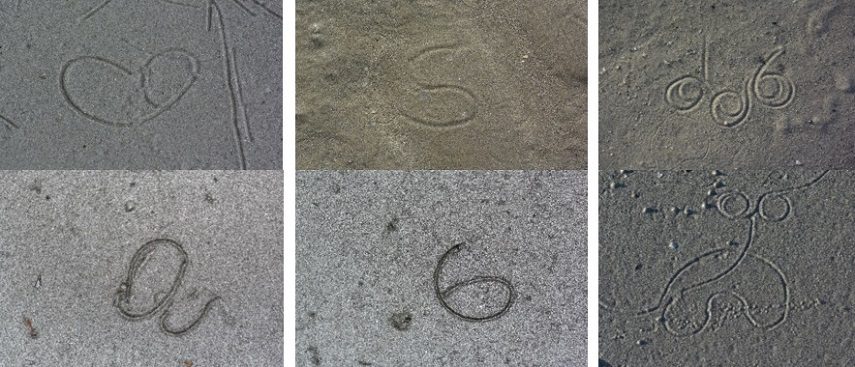
So, the next time that you are at the beach, local park or forest, have a good look around to see if there are any animal trails you could use to help teach and connect maths and science students to the world around them. You may be surprised by the sorts of patterns out there and how they may be useful for teaching students a range of topics.
References
Moussa, M. T. (1970). Nematode fossil trails from the Green River Formation (Eocene) in the Uinta basin, Utah. Journal of Paleontology, 44(2), 304–307. https://www.jstor.org/stable/1302544
Watson, G. S., & Watson, J. A. (2025). Using animal trails to illustrate mathematical functions: from beach bivalves to moth larvae. International Journal of Mathematical Education in Science and Technology, 1–13. https://doi.org/10.1080/0020739X.2025.2483487
Have you ever used animal trails in nature to teach subjects like mathematics, science, English or art? How did this help to connect students to the world around them?
Thinking about your local area and the examples in this article, what sites could you incorporate into your own teaching? What about areas within the school grounds?
